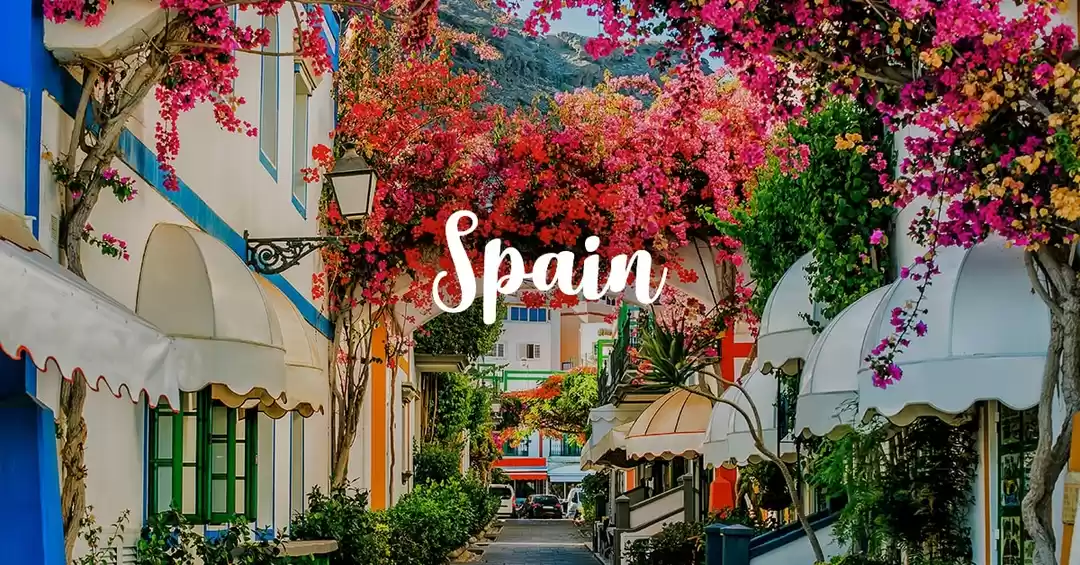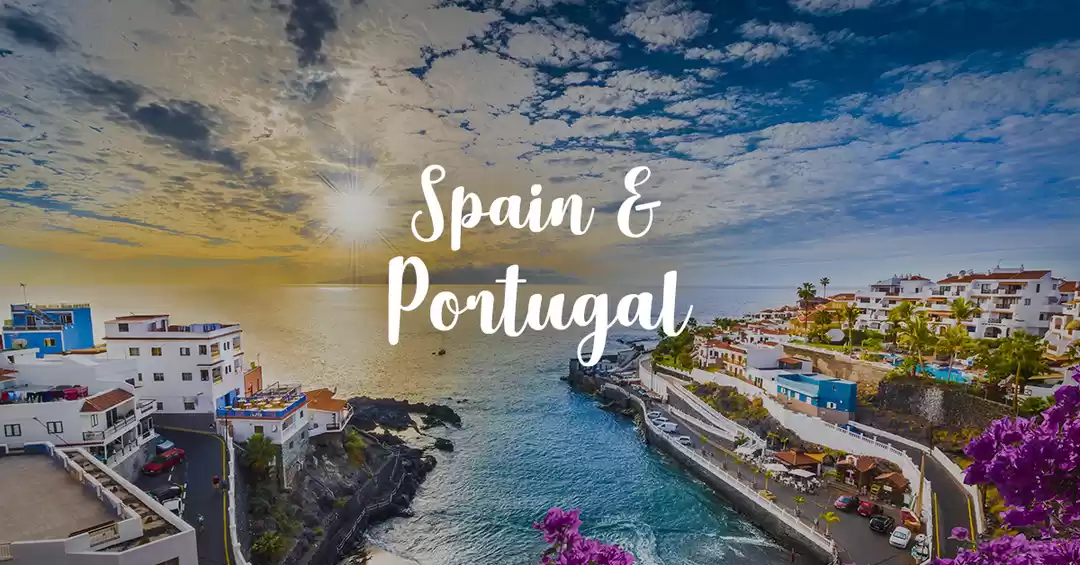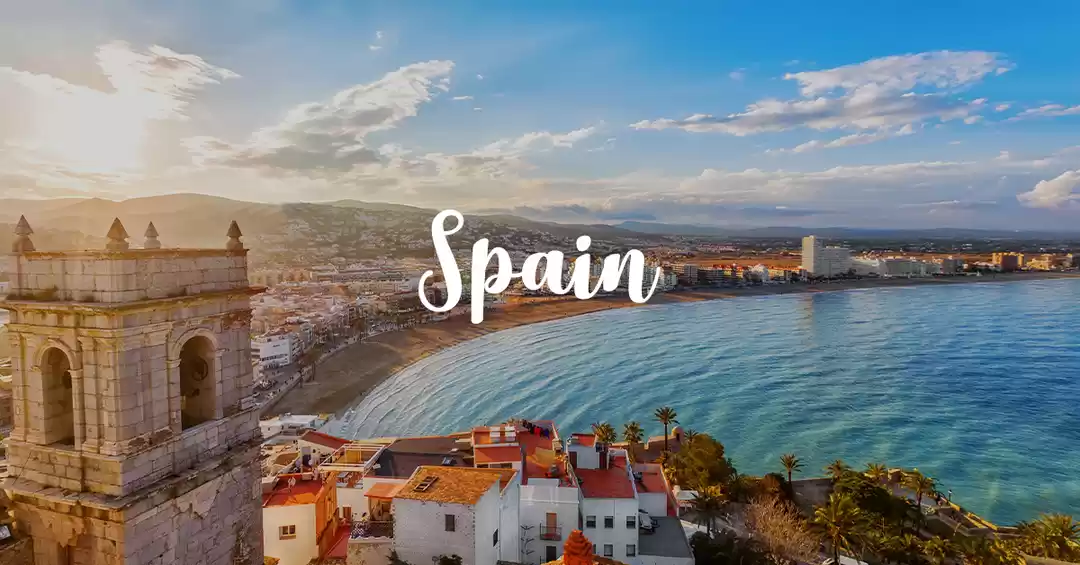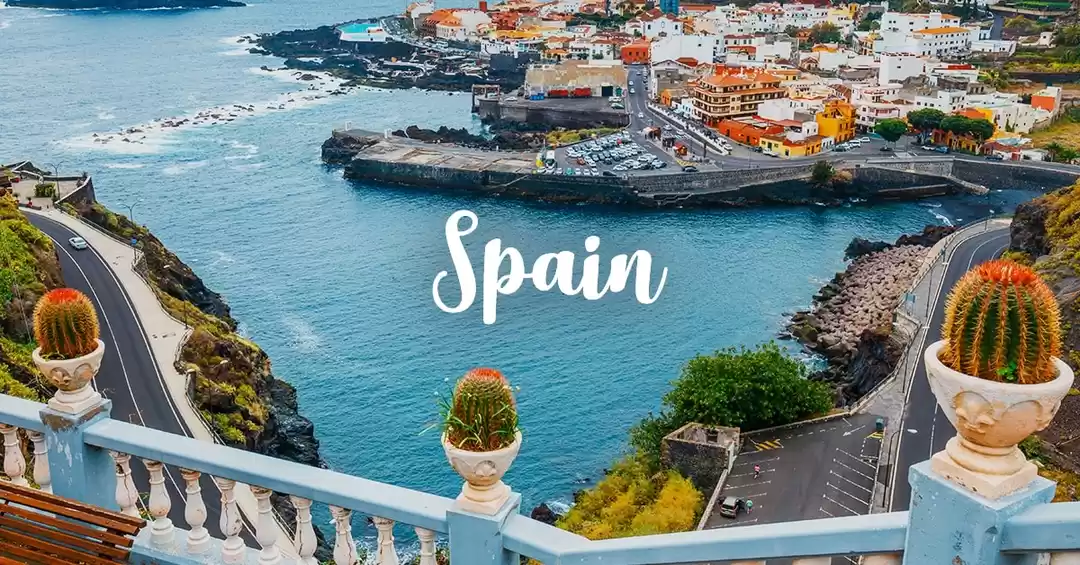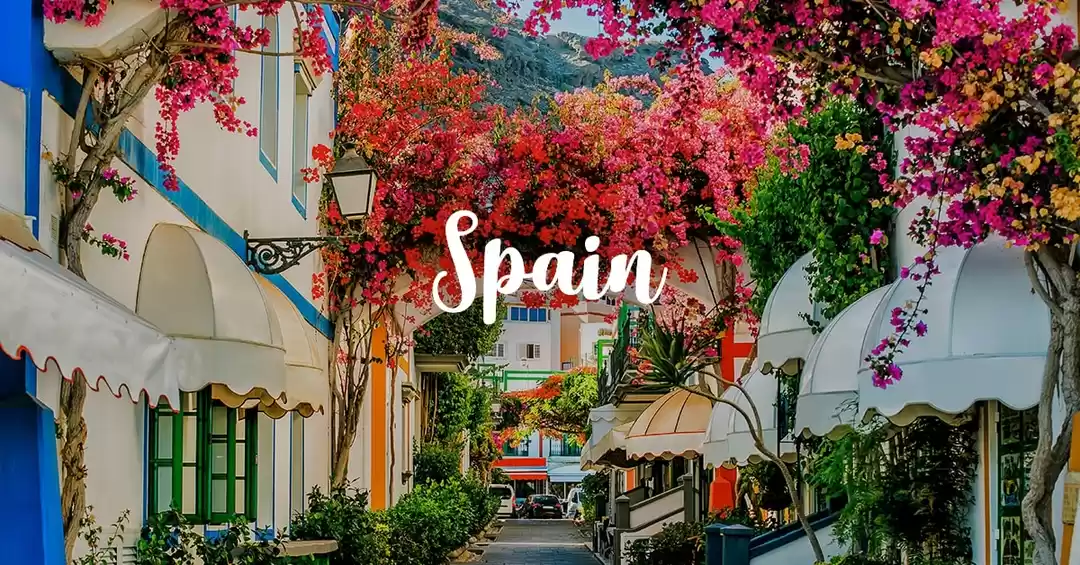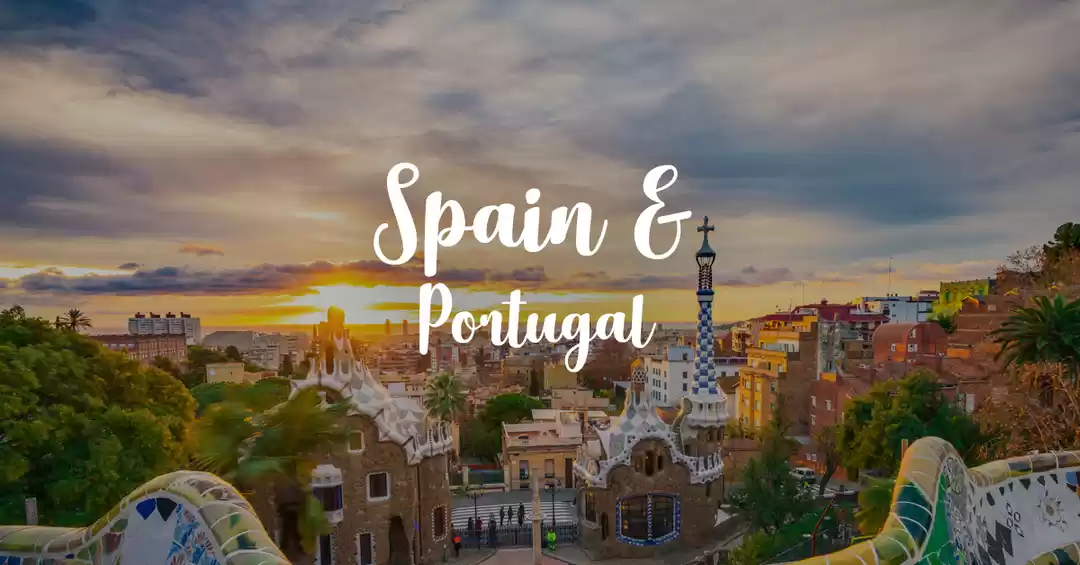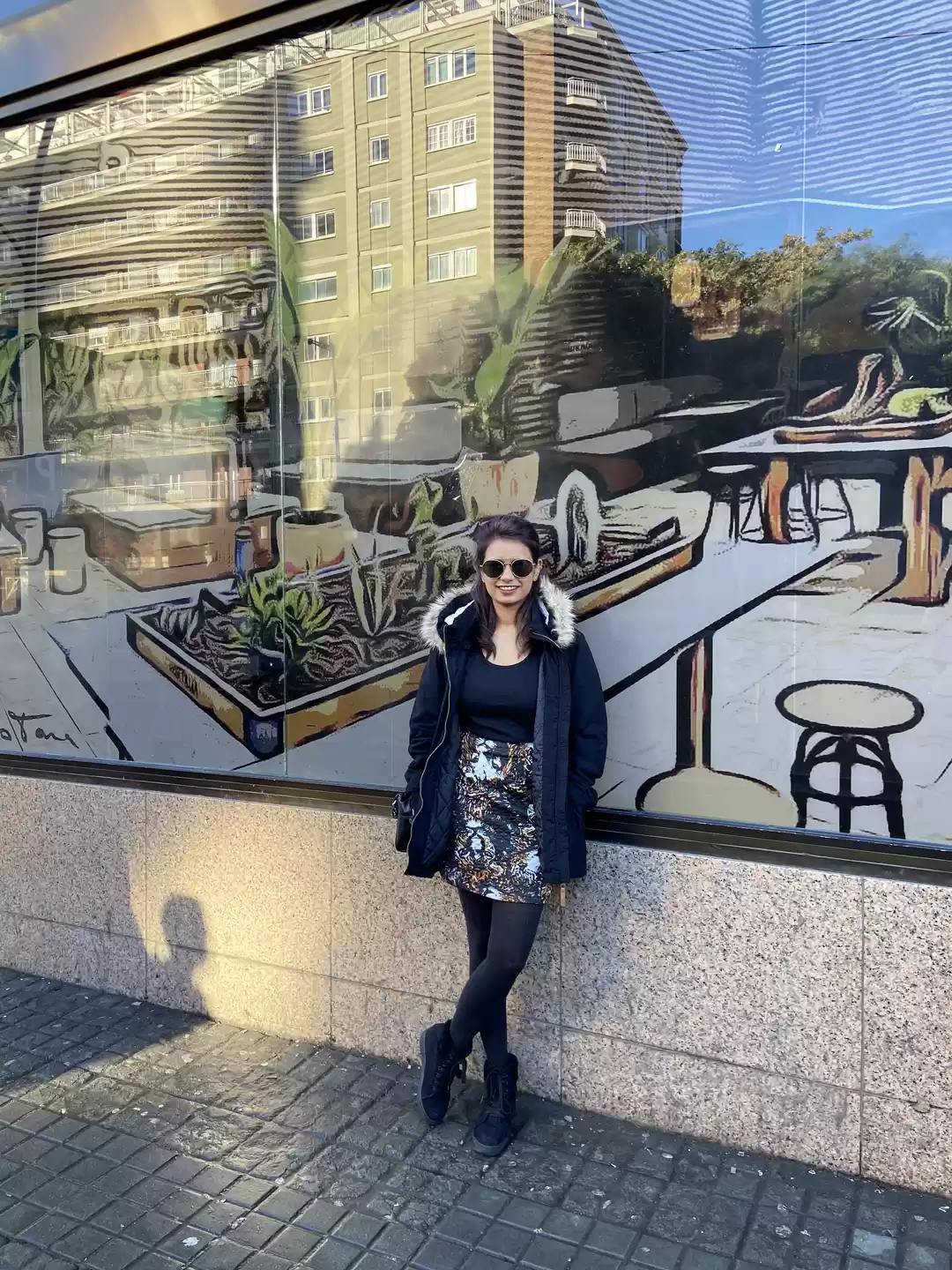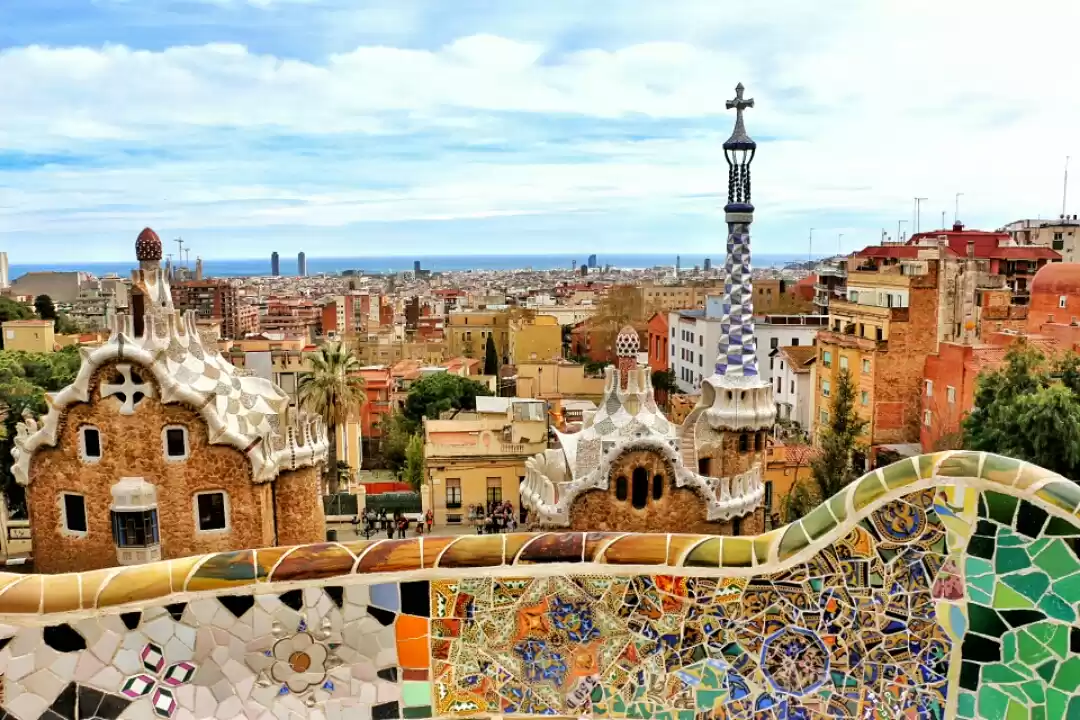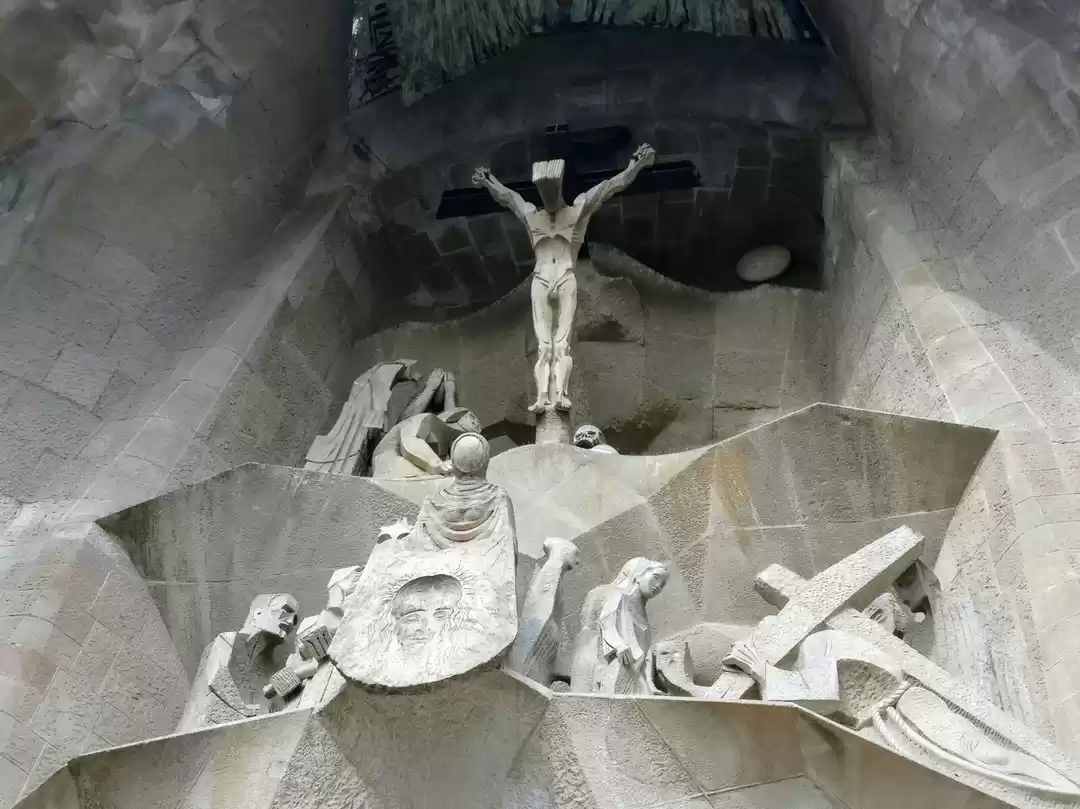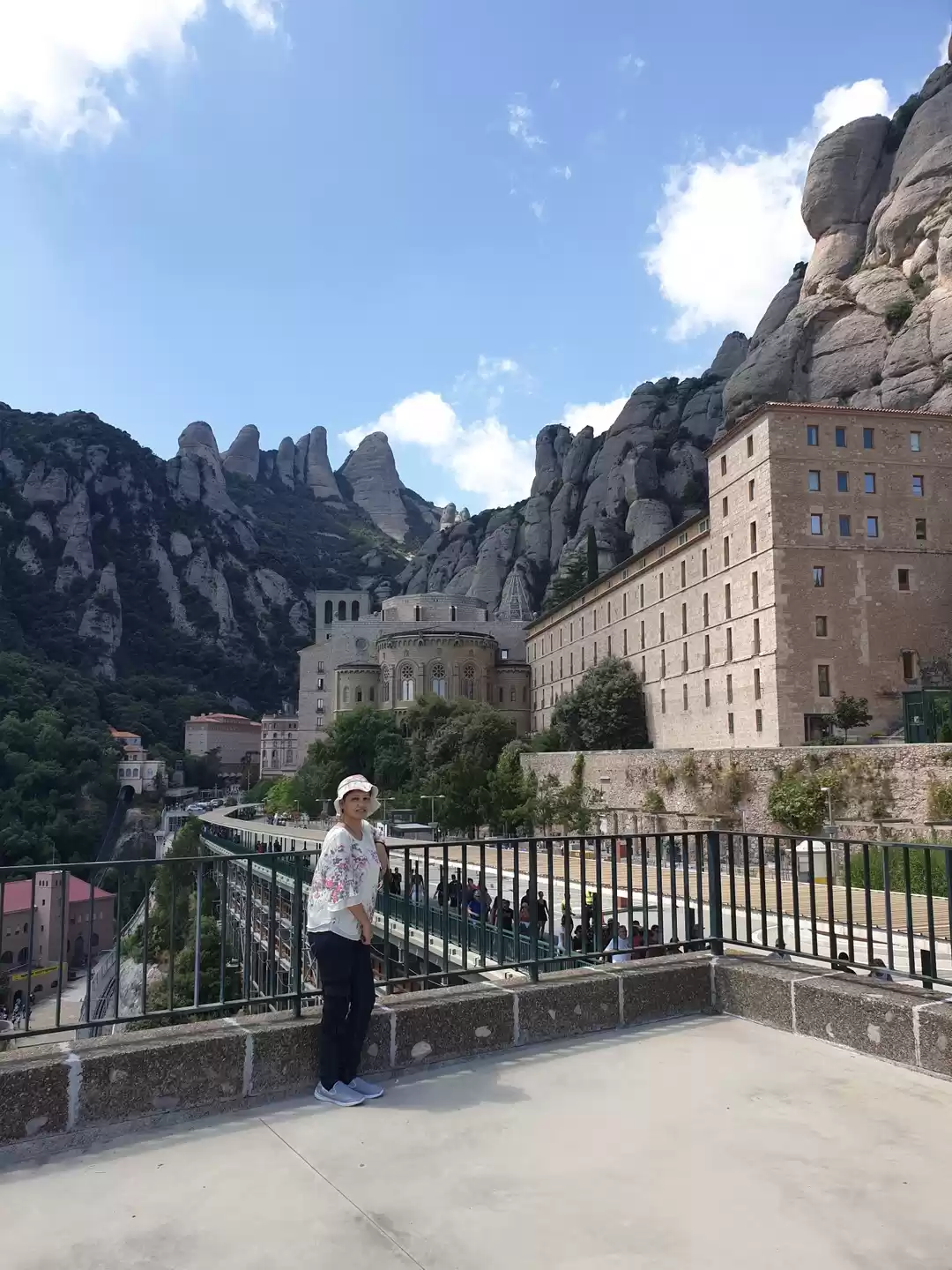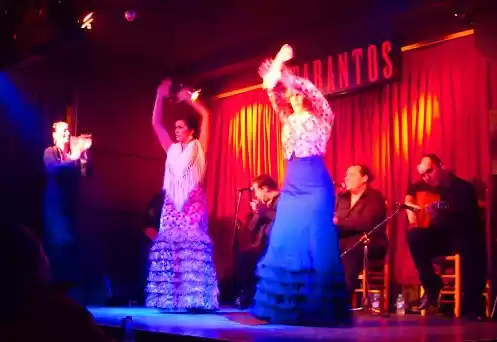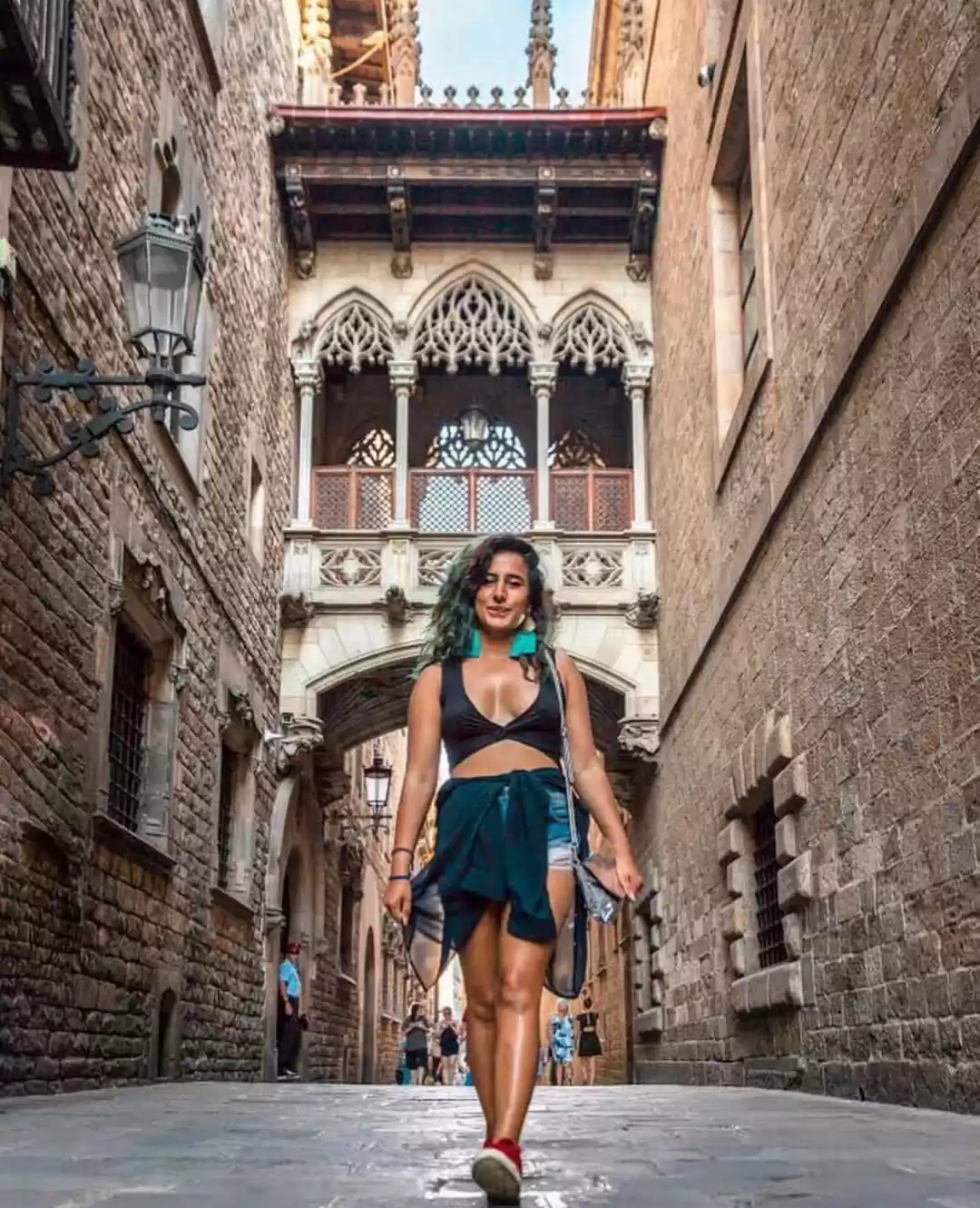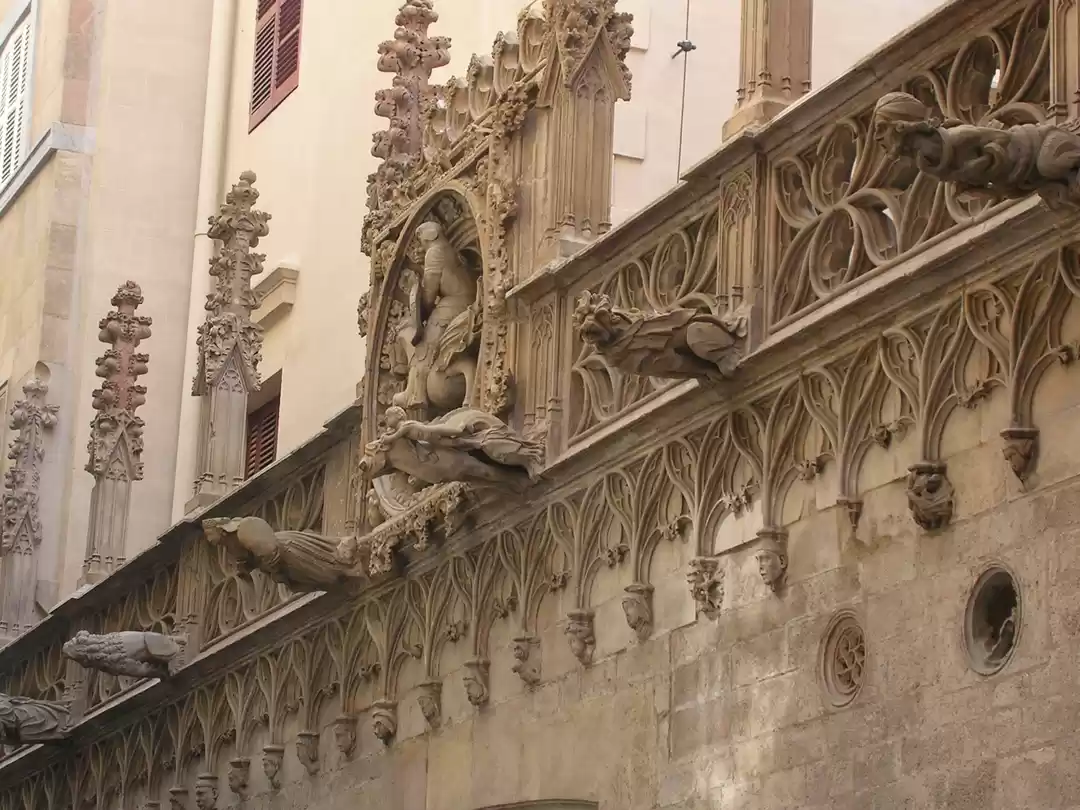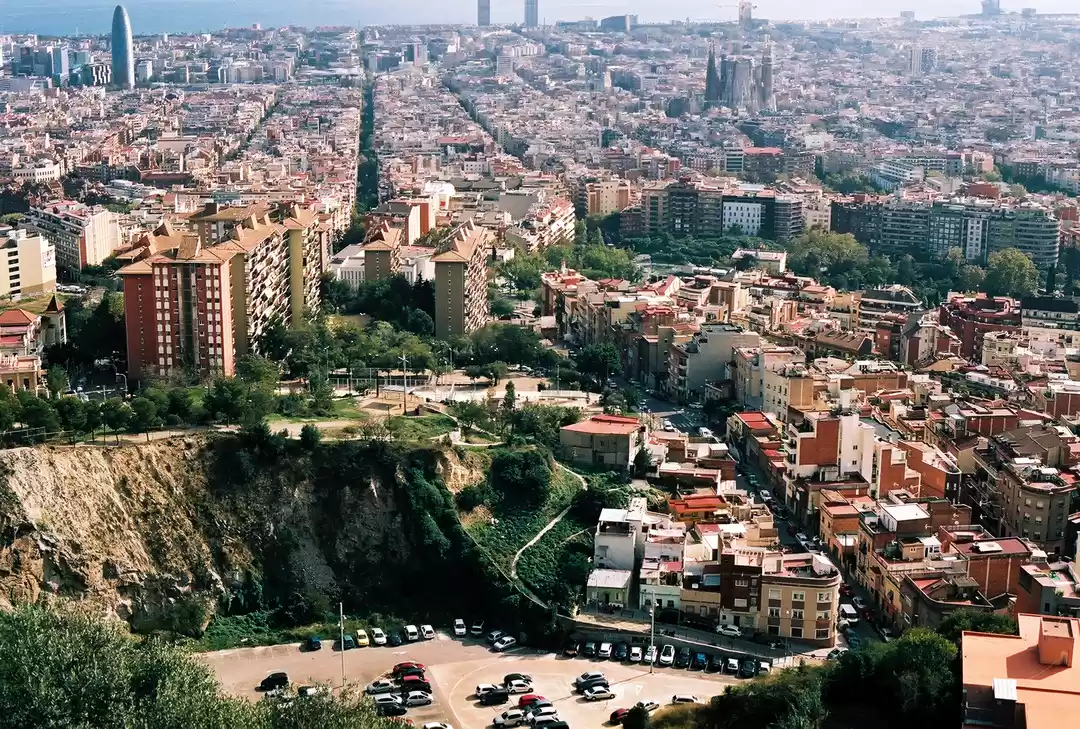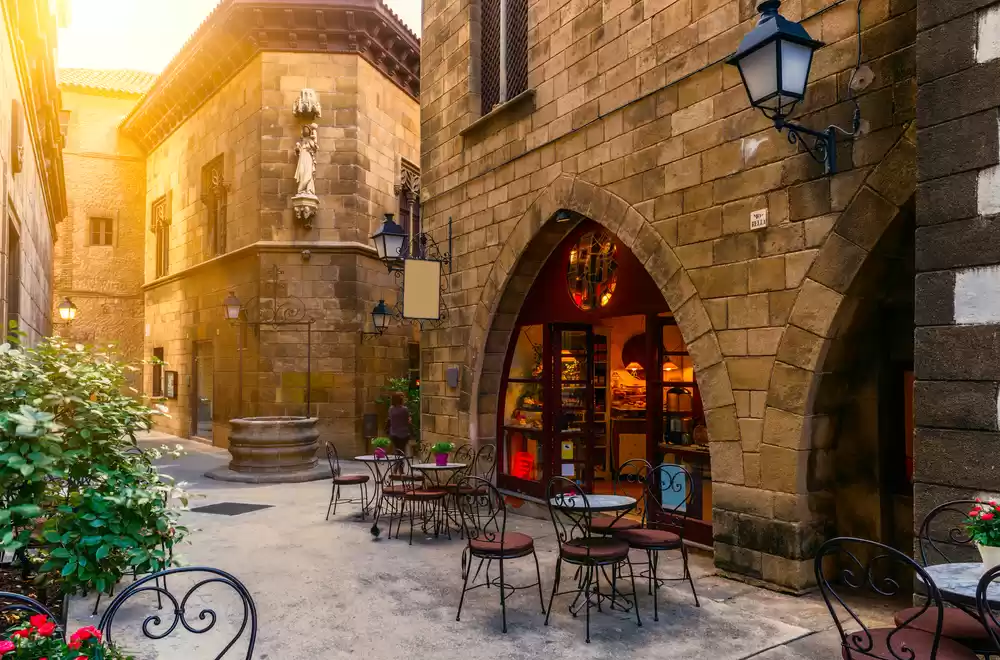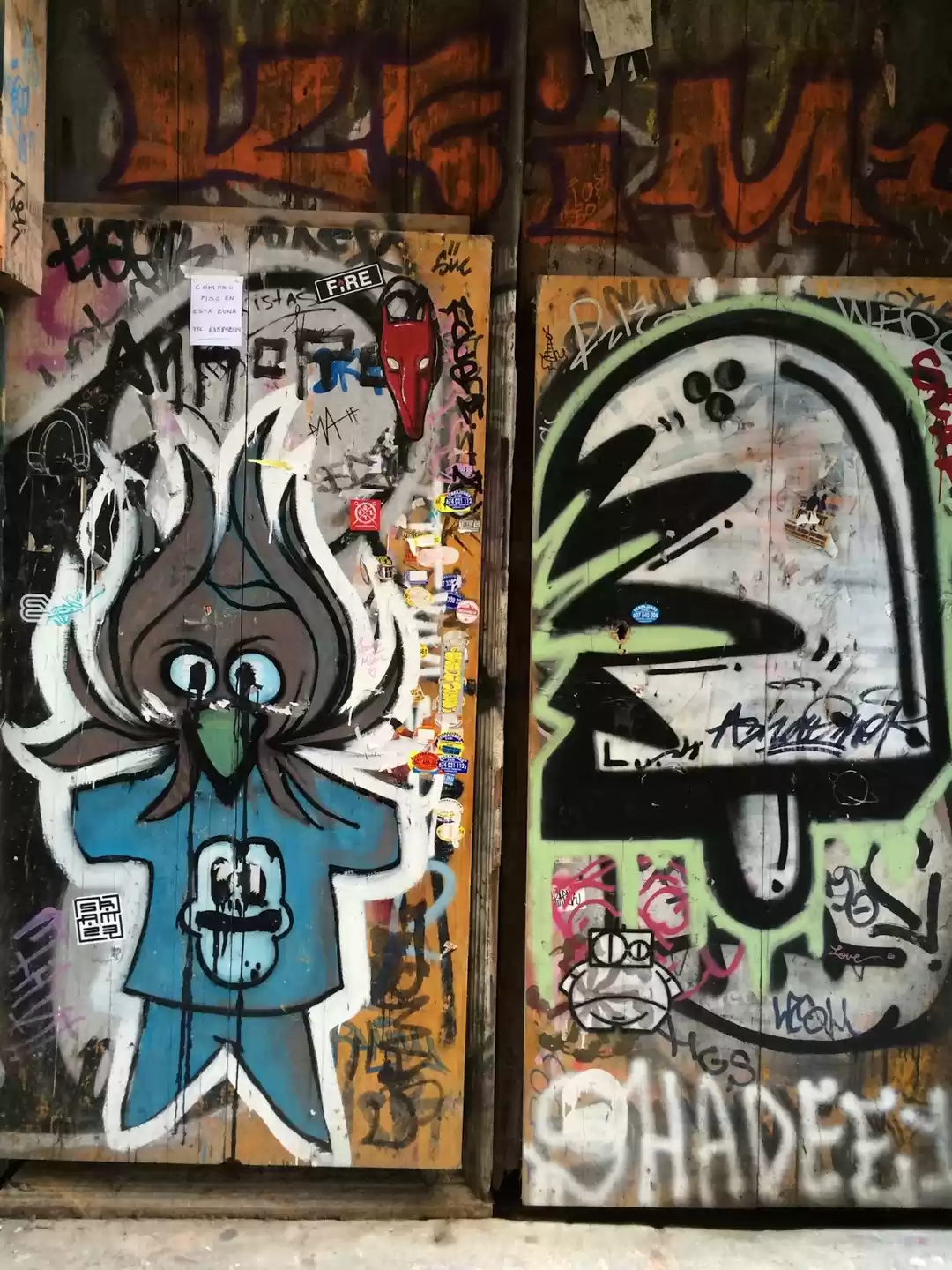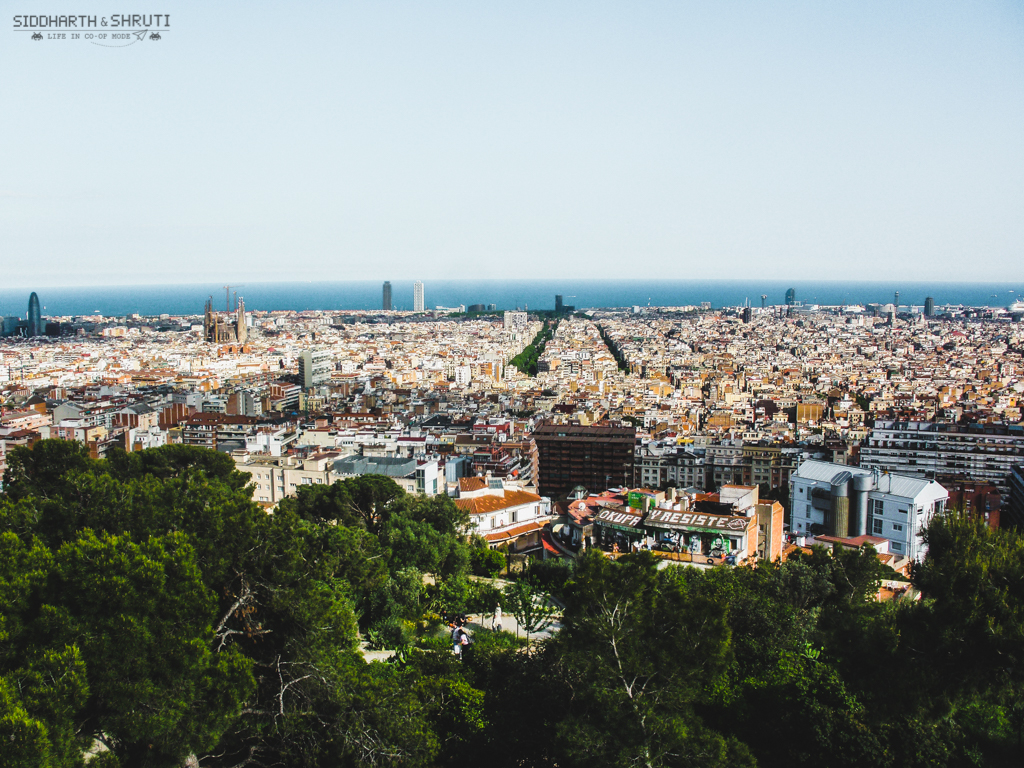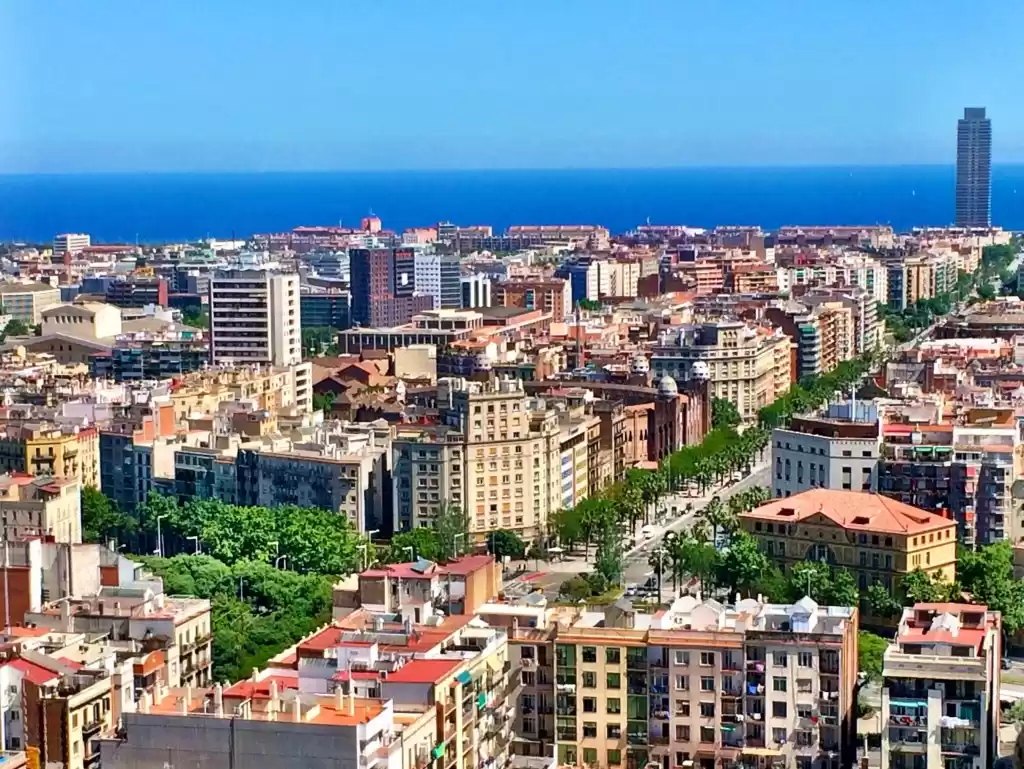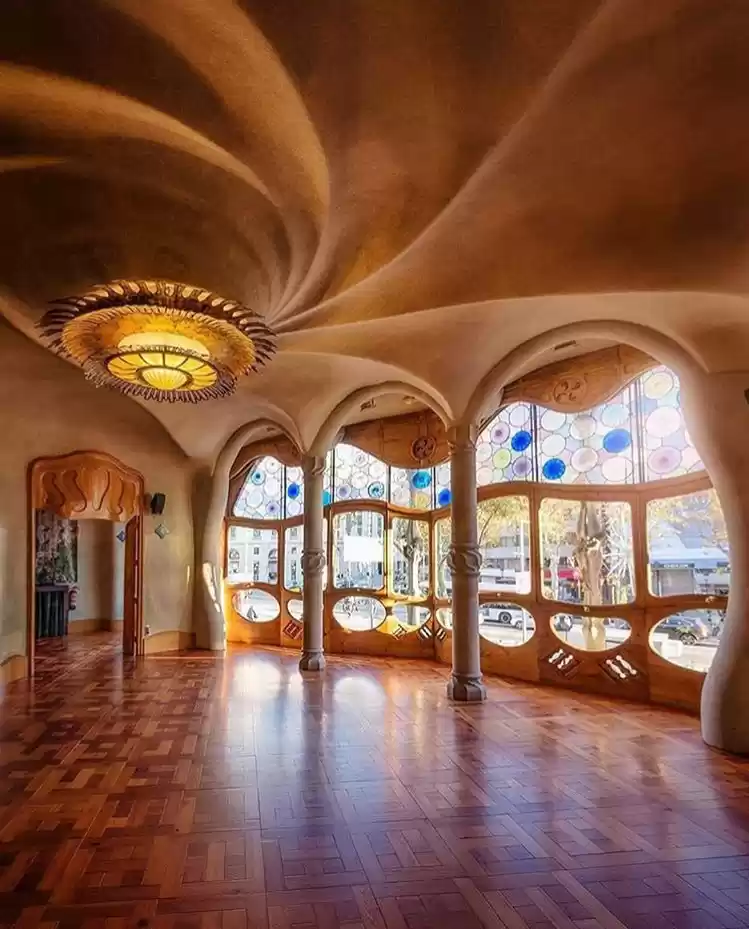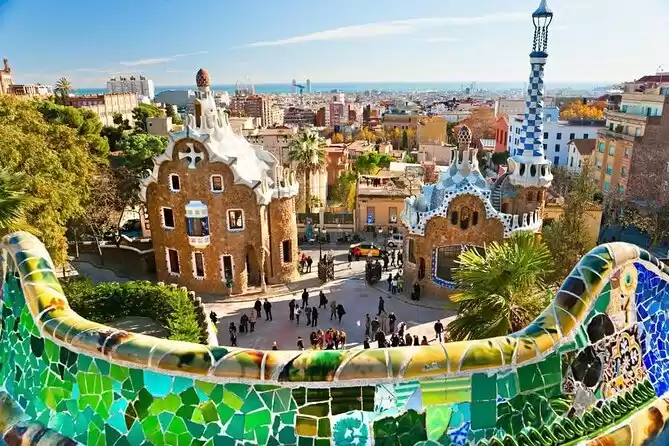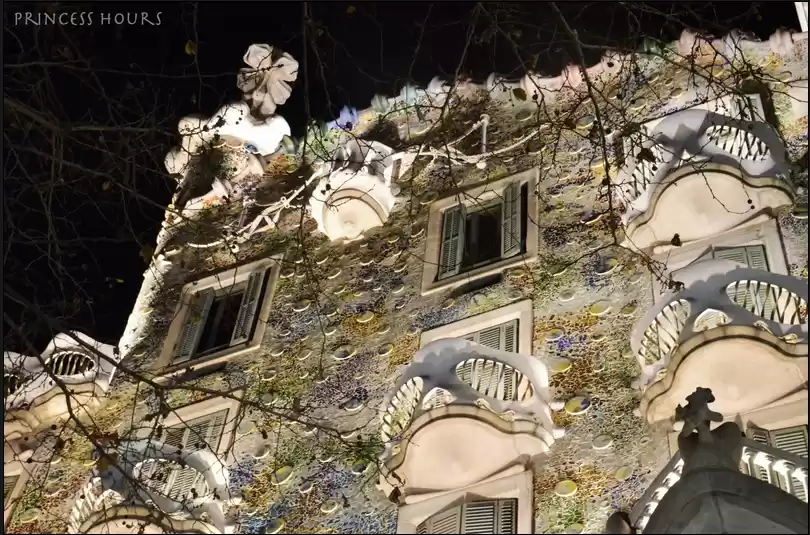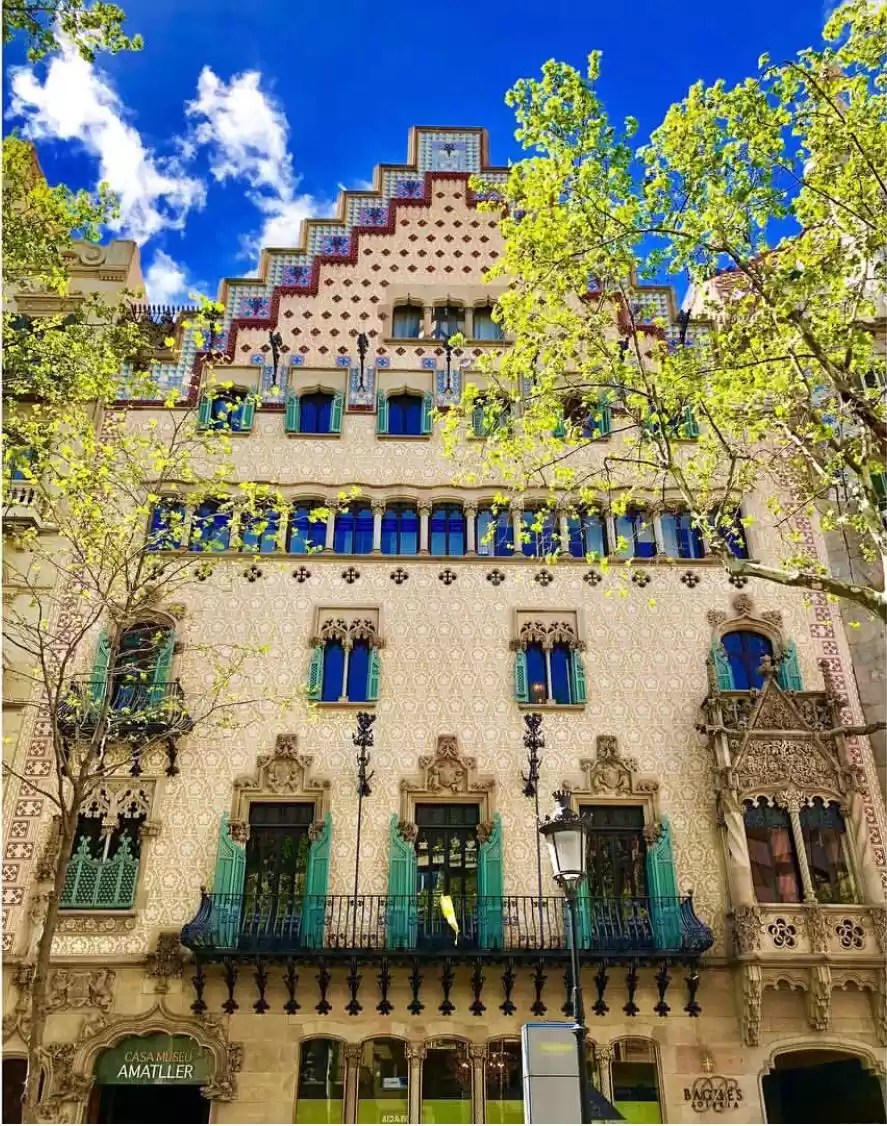Architects bring their own ideas and significance to the work they do. Some have gone on to have a major influence in the cities they worked in. Such is true of Antoni Gaudí, a remarkable architect who had a significant influence in Barcelona. To visit Barcelona requires that one experience the works of Gaudí. They are among the city's most popular attractions.
Born in 1852, Gaudí began to study architecture in Barcelona at the age of 18. He was influenced by the Art Nouveau movement in Europe, but in Catalonia it was called Modernisme. Gaudí used the shapes of nature as well as a lot of mosaics in his work.
In late July of 2010, my wife, daughter and I visited Barcelona. It is a large and busy city, and there is a lot to see and experience. However, in all of the city it was the Gaudí creations that made the biggest impression on me. I found his work so unique and somewhat whimsical. They were definitely memorable.
The first Gaudí place we visited was Casa Batlló. Its uniqueness is evident even from the outside. It is a colorful street front with balconies that look like masks. There's hardly a straight line anywhere. Interestingly enough Gaudí did not construct the home; he remodeled it, but he definitely put his stamp on it.
The inside spaces are filled with unique decorative elements that are part of the structure. Stained glass windows in unique shapes bring in light. Banisters have unique curvatures. Arches line a hallway. There is just so much to see in the details of the home.
The rooftop continues to intrigue. People have interpreted what he did with the roof in different ways. Some suggest a dragon. Others suggest marine life. Gaudí never said. Here the use of mosaics creates colorful elements of what are practical aspects of the house.
A second place that Gaudí built was Casa Milà. This is more of an apartment complex and also had some businesses over the years. Its structure is very stone like, and it was quite controversial when it was built. The owners even fought with Gaudí over payment for his work.
The building was declared a World Heritage Site in 1984. While there are tours through parts of the building, we did not take one. However the exterior itself is so unusual, particularly the iron work. There are no straight lines on the exterior, and that's easy to see.


Park Güell is another World Heritage Site. This is a large park in Barcelona. Originally the plan was to build a housing development placed in a garden setting. Eusebi Güell was the developer who hired Gaudí as the architect. The original plans called for the construction of 60 homes and a chapel. Unfortunately costs increased so much that the project only completed two homes along with the park features. Ten years after the project ended, the city had control of the park. Gaudí, however, did purchase and live in one of the two homes built.
When we visited the park I don't remember an entrance fee, but today there is one. Unfortunately the park is not the easiest to access by public transportation. We took a bus and then had to walk a few blocks and go up a long outdoor escalator to get to the park.
The Park itself does have quite a bit of green space, but of course it's the architectural features of the structures that make it so interesting. One of the big features is a long bench that winds around the main plaza. It is surprisingly comfortable and of course very colorful. Other features include a giant lizard, stone women, various medallions and a fountain.
Gaudí was a very religious man. We will see that when we look at his most well known work, La Sagrada Familia. But even here in Park Güell one can see an emphasis of his faith as a cross tops a spire, and he built a hill to represent the crosses of Calvary.
The house which Gaudí lived in serves as a museum today. We did not go inside, but its pink exterior and decorations seem somewhat tame compared to some of his other projects.
Finally we come to Gaudí's magnum opus, the incredible cathedral, La Sagrada Familia. The construction of the cathedral consumed Gaudí during the last years of his life. He wanted it to be a modern cathedral as opposed to the older cathedrals of Spain. He began to develop the project in 1883 little knowing it would not be completed until 2026. Its current projected completion date will mark the 100 year anniversary of Gaudí's death.
The exterior of the church is highly symbolic. There are eighteen towers. Twelve signify the twelve apostles, four signify the gospel writers, one is for Mary, and the tallest is for Jesus. It should be noted that Gaudí said the highest point of the cathedral should not be taller than the surrounding hills because something man made should not be above what God made.
Today you can go up in two of the towers for views of the city, but during our visit that was not an option. The towers of the church are visible from many locations around the city. They are hard to miss.
The exterior of the church also tells the story of Christ. On one side of the church the nativity of Christ is presented. This is the Façade of the Birth of Christ. The art work shows various scenes of the birth. At the center the holy family is surrounded by those who have come to worship the baby Jesus. The artistic style of the scenes is a fairly traditional and ornate style. The scenes include a lot of symbolism not obviously apparent.
On the other side of the church is the story of Christ's crucifixion and death called the Façade of the Suffering Way. Here the art work is done in a modern, rather linear style. The harshness of the work fits well with what it depicts. While Gaudí drew the original art for the façade, Josep Maria Subirachs created the art beginning in 1989.
A third unfinished façade of art will depict the human experience of death, judgement, hell and bliss. This will be the Façade of Bliss.
When we visited, the construction of the sanctuary was ongoing. In fact there was equipment around us and parts partitioned off with plastic. Nevertheless we could still see part of the vision. Gaudí was looking again to nature for his inspiration. The interior columns represented trees and the branches arched high above. It is really an unusual design for a church interior. We were also able to see some of the stained glass windows. Since our visit the sanctuary has been completed and in use for services.
This cathedral is truly unique. I would love to go back and see the completed building in 2026. La Sagrada Familia is really the culmination of Gaudí's work. He died tragically after a tram hit him on his way to church. However, even before his death Gaudí knew he would not be able to finish the cathedral in his lifetime. Concerned that his vision would not be fulfilled after his death, he worked to complete the tall towers. He was afraid future leaders would create lower towers to cut costs. That he did not want to happen. It has actually been funding that has stalled the project over the years. Since his death six architects have continued the project, and completion is now in sight.
Barcelona has so much to offer, but for me you haven't seen Barcelona unless you have seen the works of Gaudí. His unique perspective on life and his deep faith have had a lasting impact on this European city. To see more photos check out the original post at Batteredsuitcase.net. Feel free to sign up to receive weekly posts.




